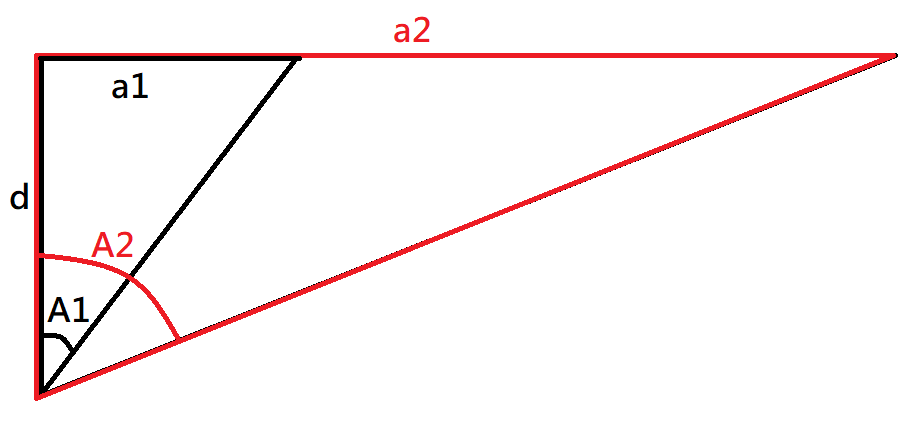Here is the relation between every refresh rate, FOV and SteamVR suggestion for supersampling/downsampling in a Pimax 5k+ series 203 (9 months use, with need to change stock cable due to snow pixels 4 months ago).
My config:
I7 7700k 4.5ghz
RTX 2080ti KFA2 SG edition OC 2000mhz
32gb ddr4
I´m using Pitools 1.0.1.253, firmware .263, with 1.0 image quality in pitools.
-
My analysis starts from 120hz, that has only normal and small FOV, but in pitools .253, the FOV seems to doesn´t change, giving me a FOV between normal and small in comparison to other refresh rates.
-
My analysis continues for 90hz, 72hz and 64hz. N (normal) is the image without parallel projection, and PP (parallel projection) is the image with parallel projection on. After N and PP, I described the SteamVR recommendation for supersampling/downsampling for each FOV in a decreasing way (large - normal - small- potato modes). Below this, I described the resolution in result of SS that SteamVR recommends for each FOV.
120hz
N: 98 (unique)
PP: 66 (unique)
gap: 32 (48%)
unique n: 2432 x 2636
unique pp: 2664 x 2704
90hz
N: 70 - 100 - 120 - 140 (large - normal - small - potato)
PP: 38 - 74 - 104 - 130 (large - normal - small - potato)
gap: 32 (84%) - 26 (35%) - 16 (15%) - 10 (7,6%) (gap between N and PP for large - normal - small - potato)
l: 3568 x 2228
lpp: 4284 x 2052
n: 3200 x 2664
npp: 3312 x 2864
s: 2888 x 2916
spp: 2840 x 3396
p: 2684 x 3152
ppp: 2532 x 3796
72hz:
N: 88 - 124 - 150 - 150
PP: 48 - 94 - 128 - 150
gap: 40 (83%) - 30 (31%) - 22 (17%) - 0
l: 4000 x 2496
lpp: 4812 x 2308
n: 3564 x 2964
npp: 3732 x 3288
s: 3228 x 3260
spp: 3152 x 3768
p: 2780 x 3260
ppp: 2720 x 4080
64hz
N: 100 - 140 - 150 - 150
P: 54 - 104 - 146 - 150
gap: 46 (85%) - 36 (34%) - 4 (2,7%) - 0
l: 4268 x 2664
lpp: 5104 x 2448
n: 3788 x 3152
npp: 3928 x 3396
s: 3228 x 3260
spp: 3364 x 4024
p: 2780 x 3260
ppp: 2720 x 4080
My conclusions:
- The impact of Parallel projection is much more agressive in large FOV (170º).
- In real life, large FOV with parallel projection on is almost impossible, since the resolution is low even in 64hz.
- Parallel Projection seems to have much less negative performance impact by reducing FOV than by reducing refresh rate.
- Perhaps the golden pattern to use PP on in higher refresh rates is using it with small FOV, with high resolution even with 90hz.
- For those who wants to use at least normal FOV in anyway, 64hz with PP on in normal FOV is equivalent to 90hz PP on in small FOV in comparison of SteamVR SS recomendation.
- SteamVR seems to block autoSS recommendation above 150%.
- Taking this score sheet, we can see that a “diagonal move” between higher FOV without PP and smaller FOV with PP on for the same refresh rate seems to be closer in SteamVR SS recommendation.
Take your conclusions and describe it here.
Thanks, and sorry for my prolixity.

